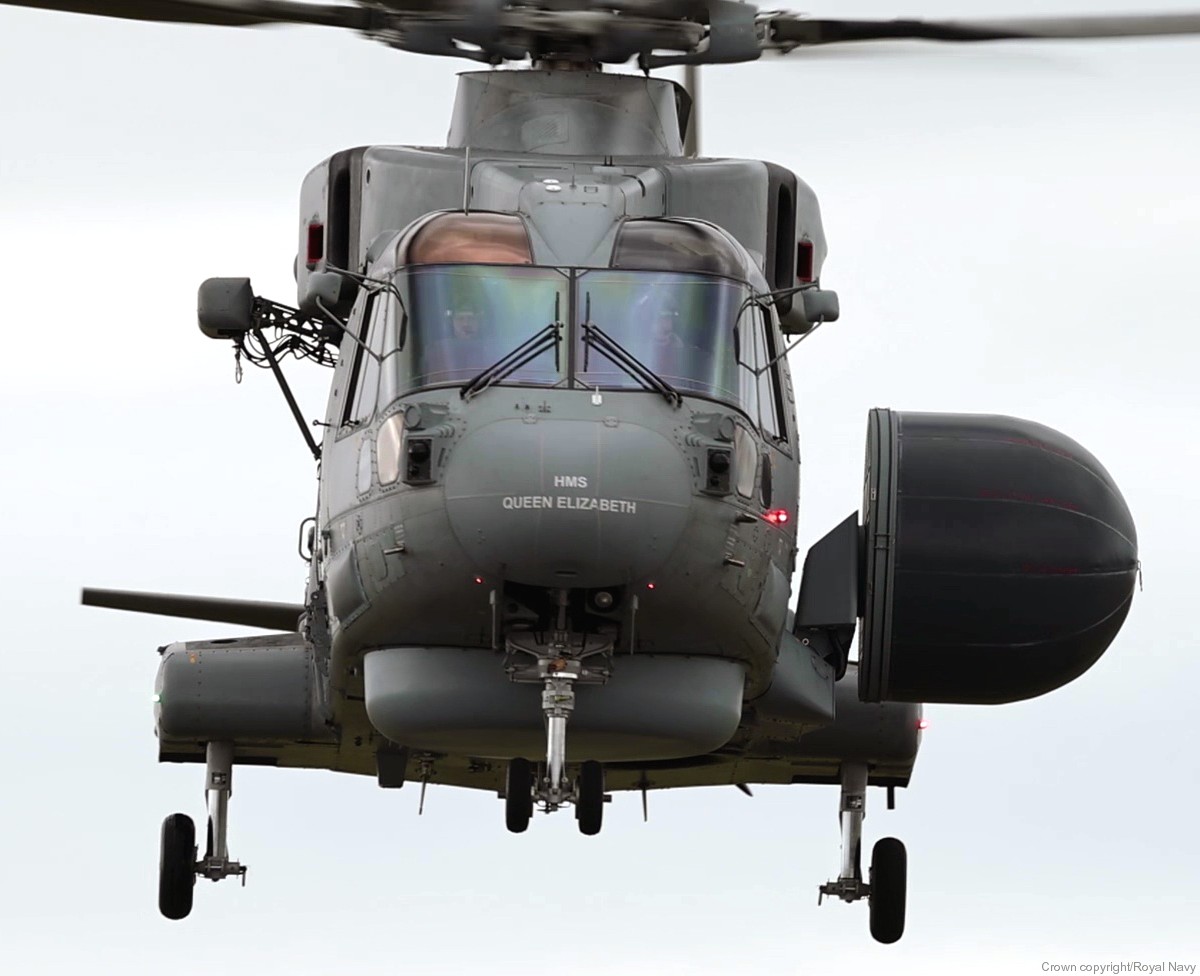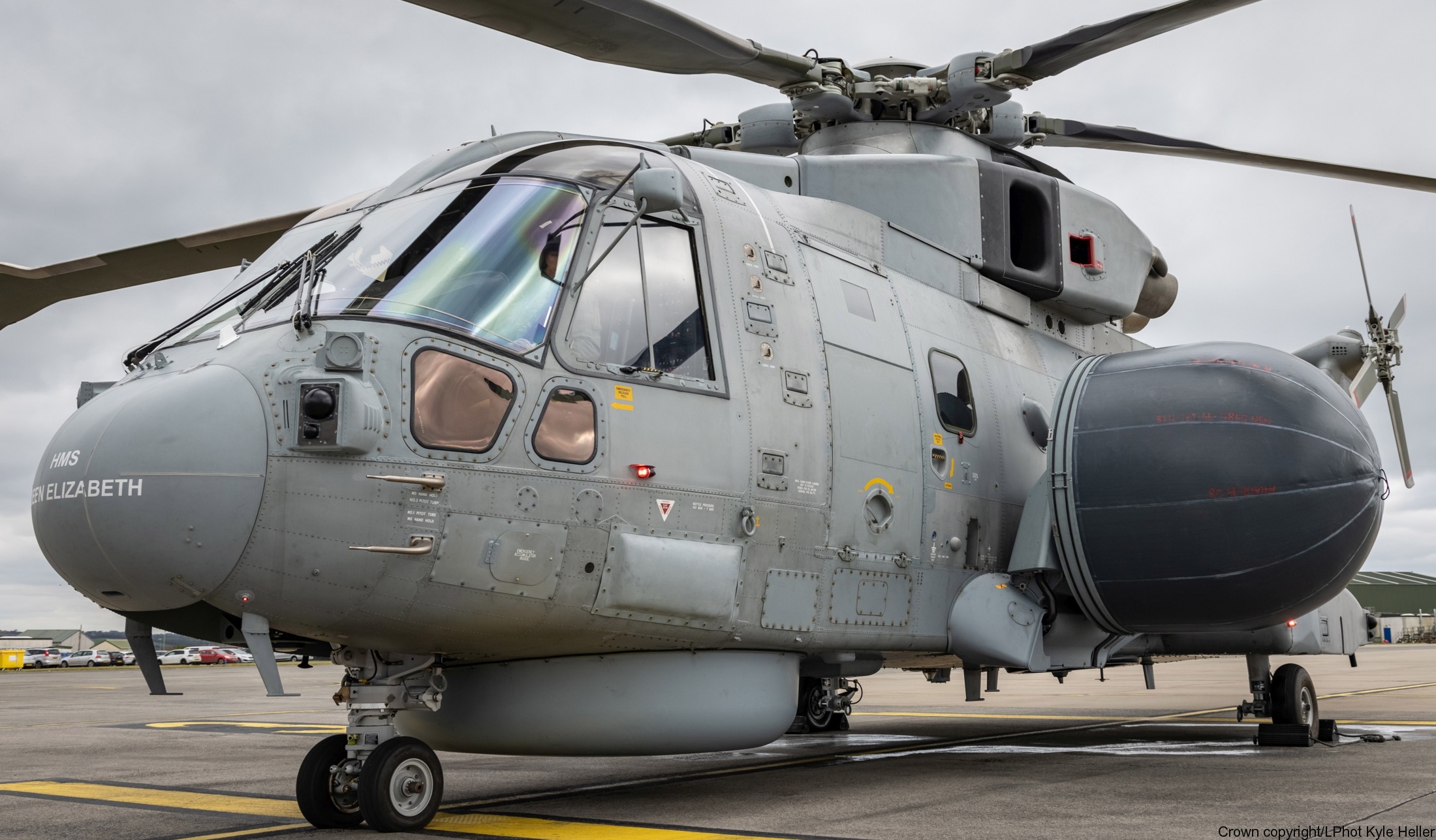
As the 21st century began, rapid technological advancements have characterized various industries, and the aerospace sector is no exception. One aircraft that exemplifies these advancements is the Agusta Westland AW101, a model that embodies decades of design evolution, manufacturing excellence, and persistent innovation in rotorcraft technology.
The AgustaWestland AW101, formerly known as the EH101, stands as a testament to successful international collaboration within the aerospace industry.
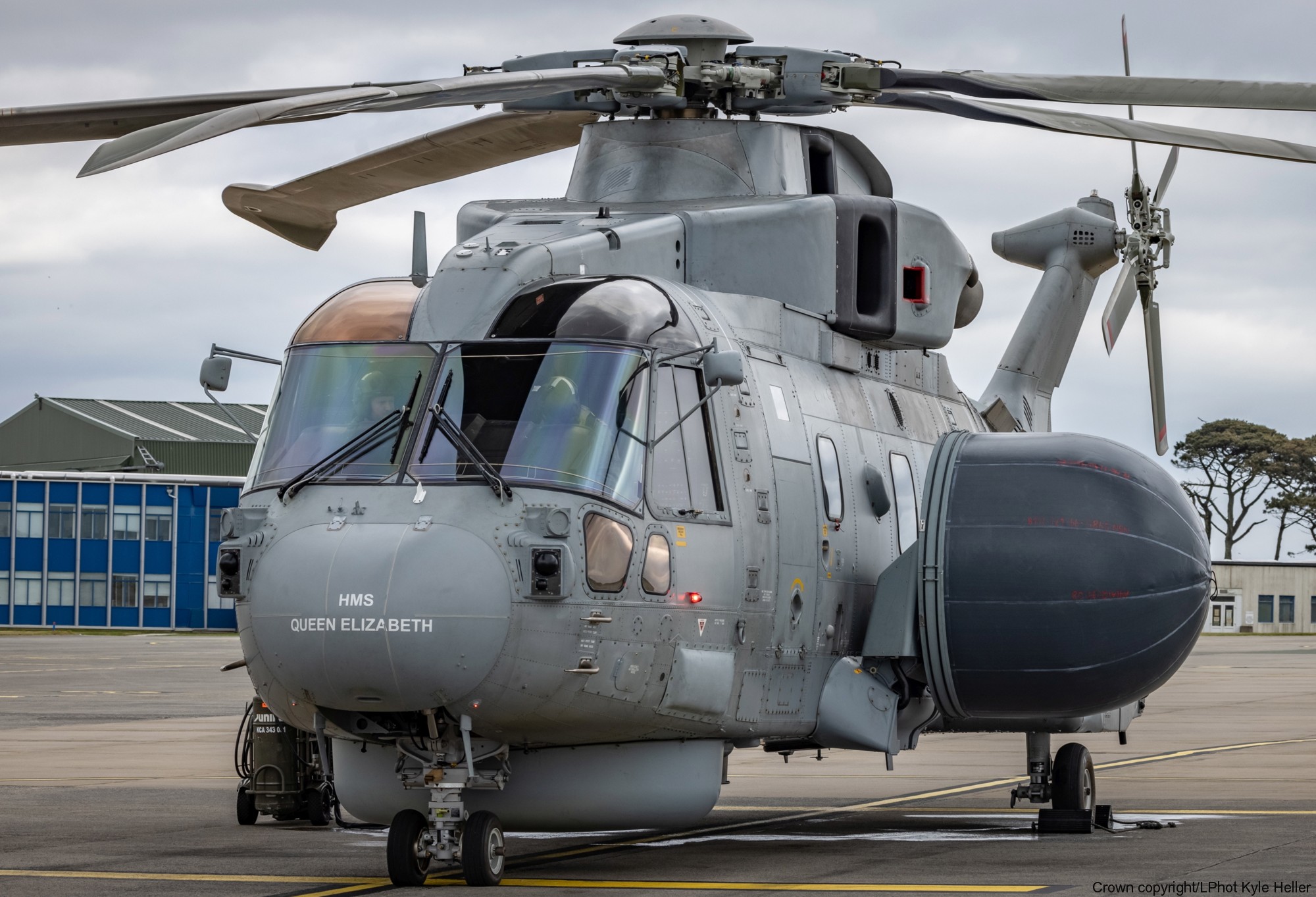
In the late 1970s, the United Kingdom and Italy recognized a shared need for a new generation of anti-submarine warfare and medium-lift helicopters. This led to the launch of the EH101 project, which brought together renowned entities in the rotorcraft industry: Westland Helicopters from the UK and Agusta from Italy. Their collaboration under a joint venture named EH Industries marked the beginning of a visionary endeavor.
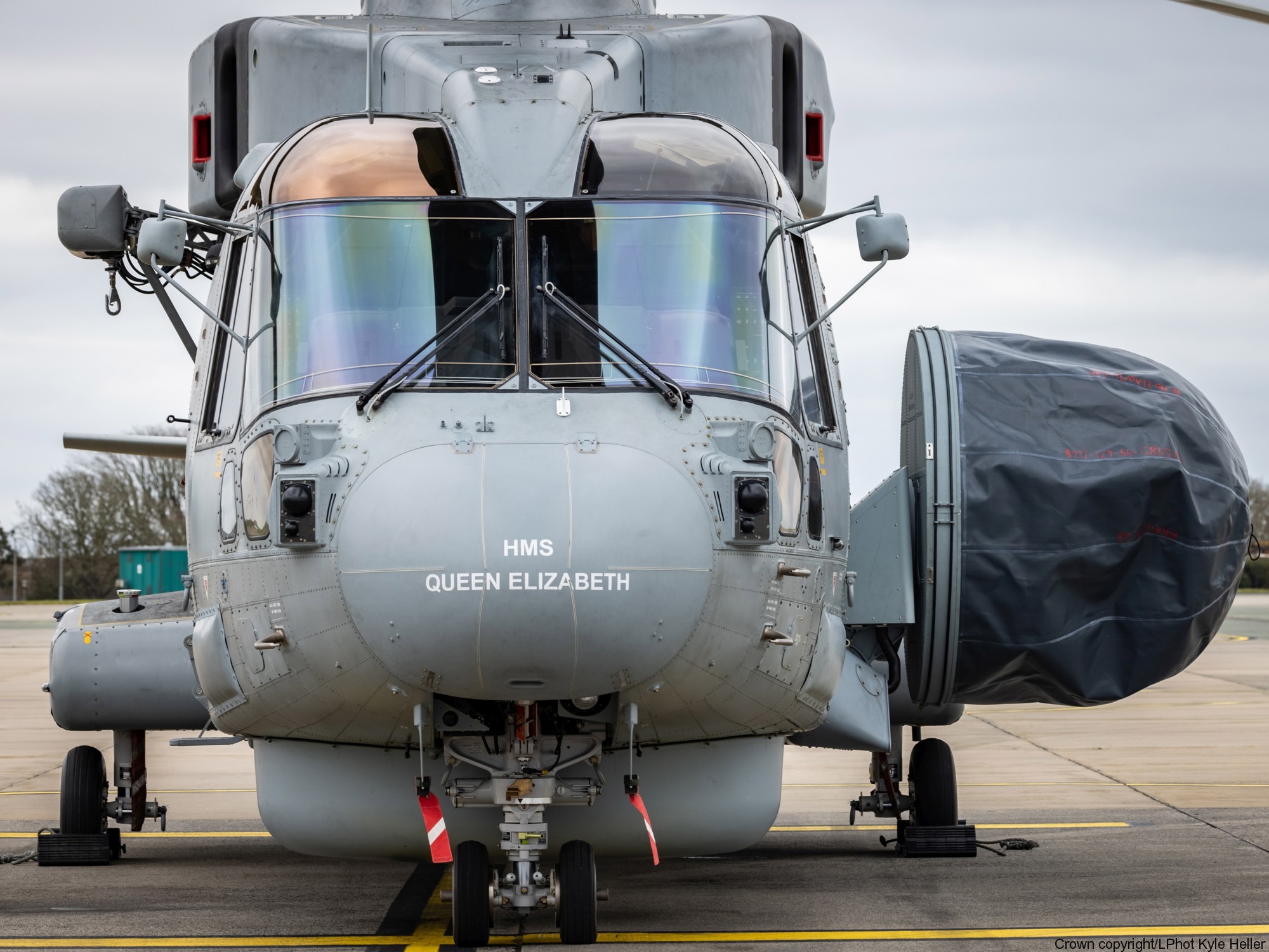
The EH101 project faced challenges during its early years, including budgetary constraints and political controversies, particularly from the UK side. However, the commitment to the project remained strong. In 1980, a Memorandum of Understanding was signed between the two nations to share development costs based on planned orders.
The development process of the EH101 spanned the 1980s and early 1990s, marked by rigorous testing of prototypes. The first prototype took its maiden flight in 1987. This design showcased cutting-edge features like a fully digital integrated cockpit, composite blade technology, and a three-engine configuration for enhanced safety and performance.
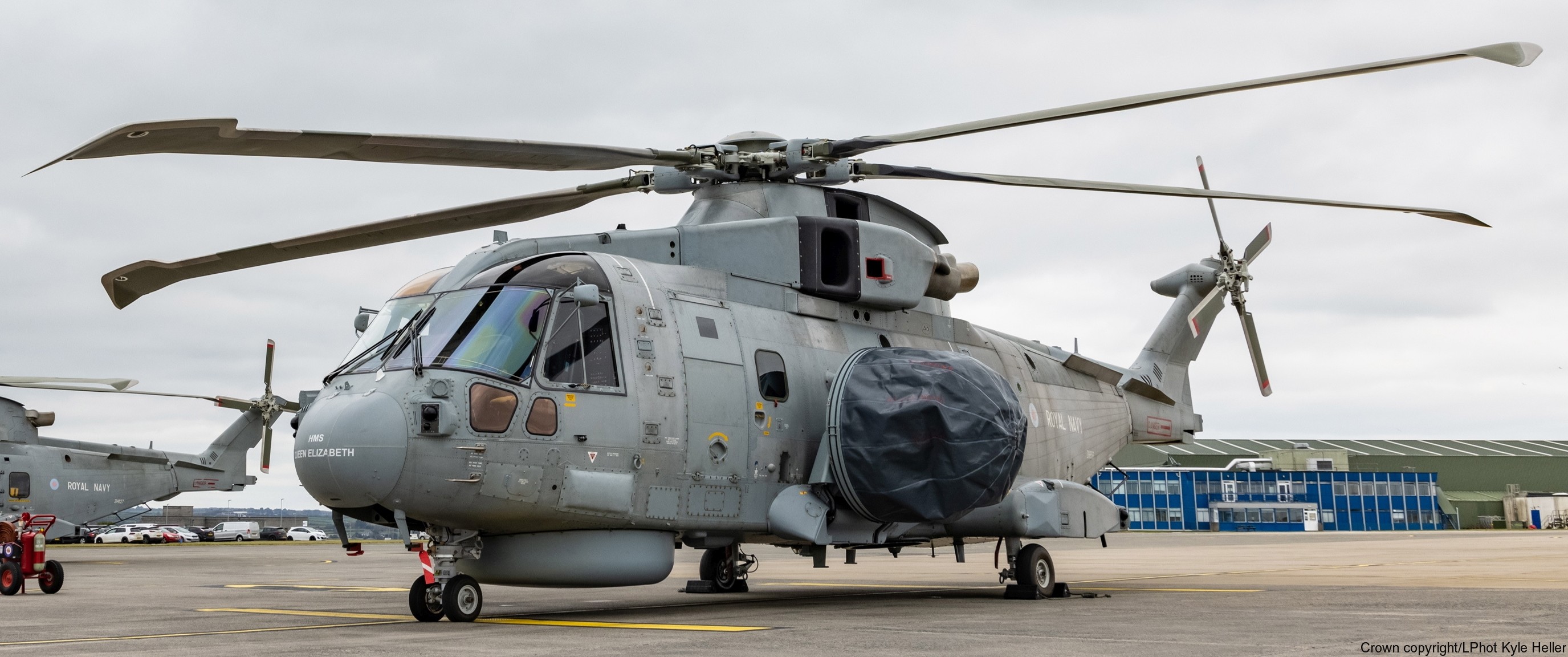
The collaborative efforts of Italy and the UK resulted in a remarkably versatile rotorcraft. The AW101 was designed to excel in a range of roles, including anti-submarine warfare, search and rescue, transport, and airborne early warning, among others.
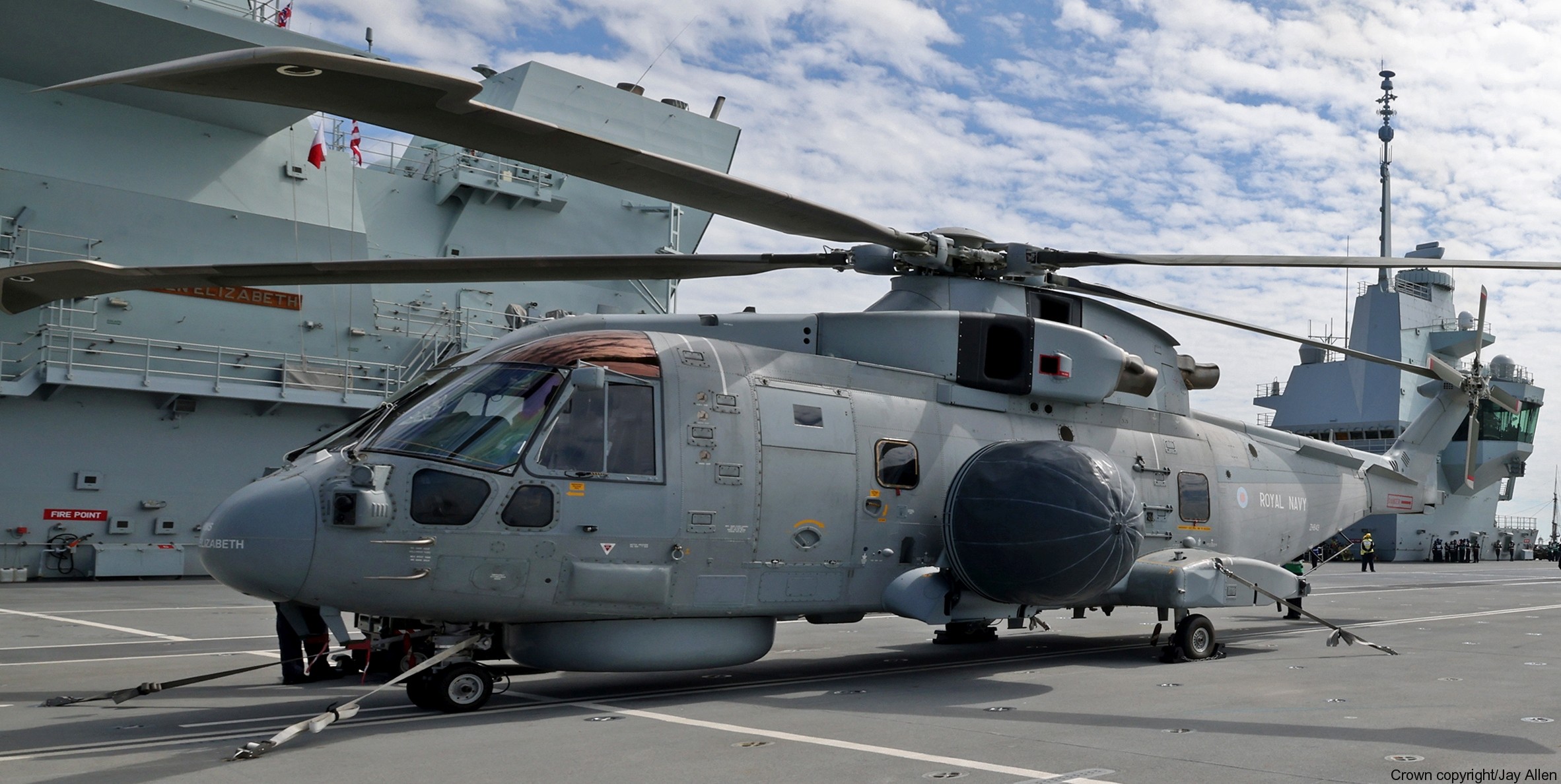
In 2000, Agusta and Westland Helicopters merged to form AgustaWestland, leading to the renaming of EH Industries’ creation as the AW101. This project epitomizes what can be achieved through the synergy of resources, expertise, and technologies, yielding a rotorcraft that continues to serve diverse roles worldwide.
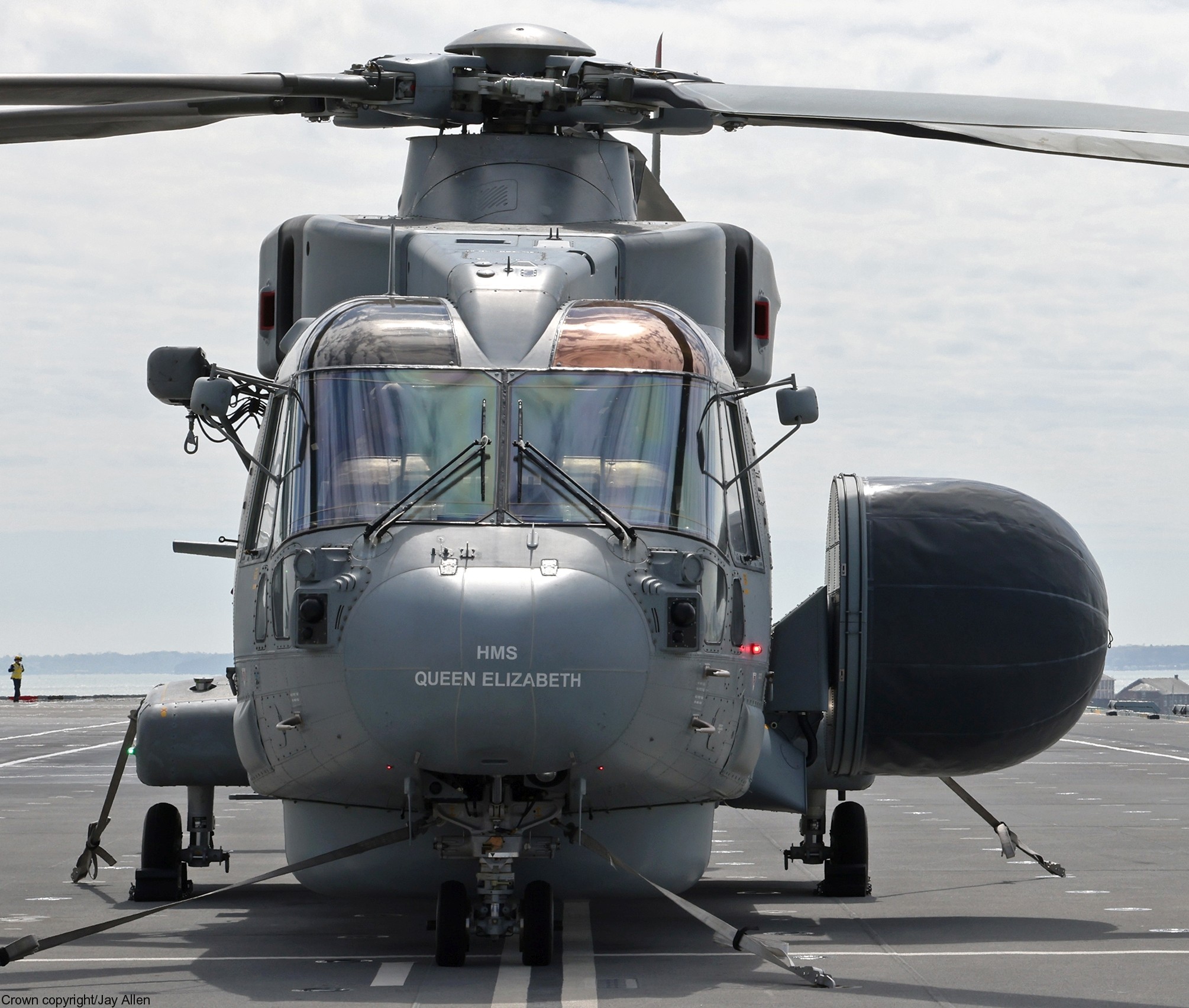
The AW101 is powered by three Rolls-Royce Turbomeca RTM322 engines, each generating 2,270 shaft horsepower. These engines drive the helicopter’s five-bladed main rotor, granting it an impressive one-engine inoperative capability for enhanced safety.
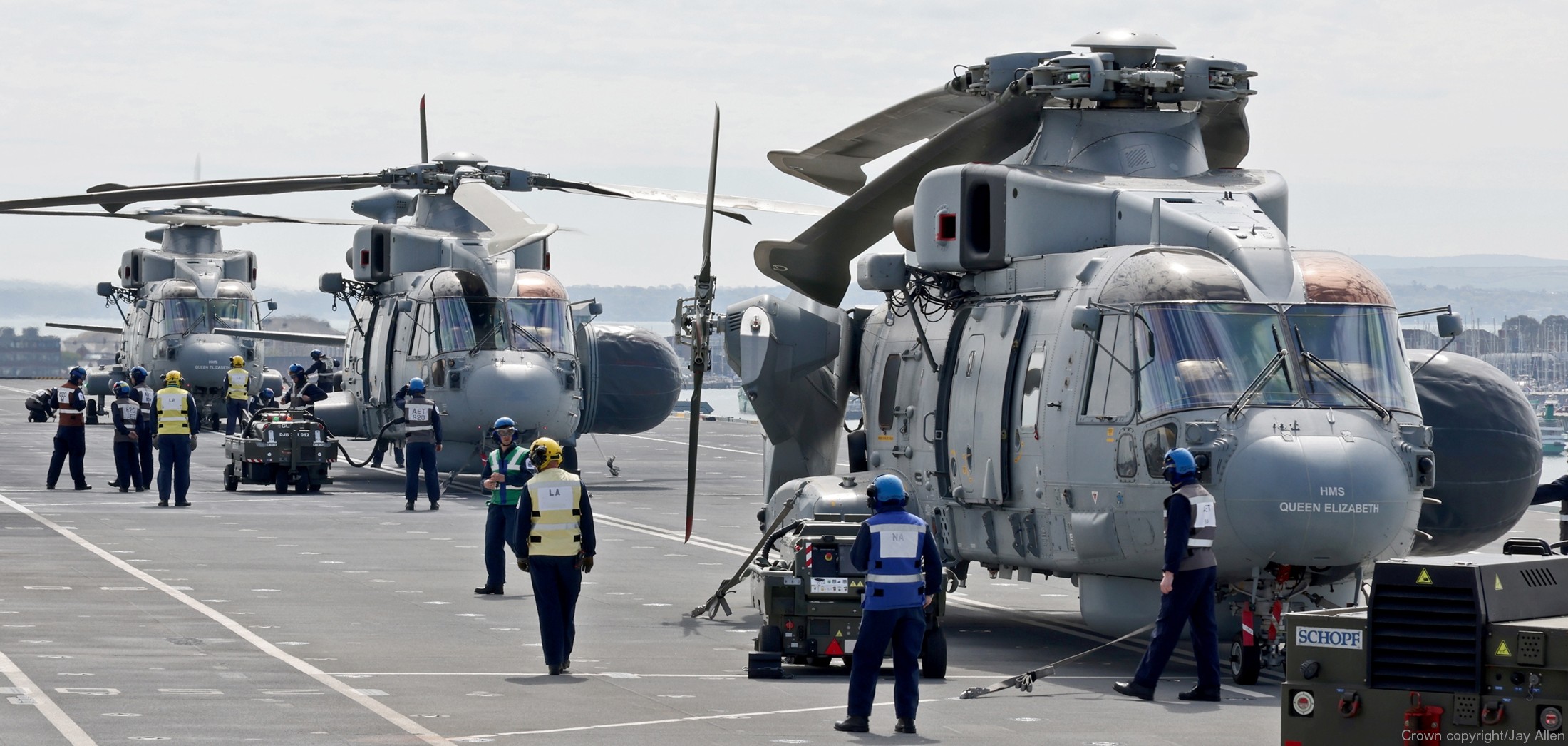
With a maximum speed of 167 knots (approximately 192 mph) and a range of over 800 nautical miles, the AW101 boasts exceptional performance attributes. Its operational ceiling reaches 15,000 feet, and it can carry up to 5,000 kg. The helicopter’s spacious interior allows for various seating configurations, accommodating roles such as troop transport and medical evacuation.
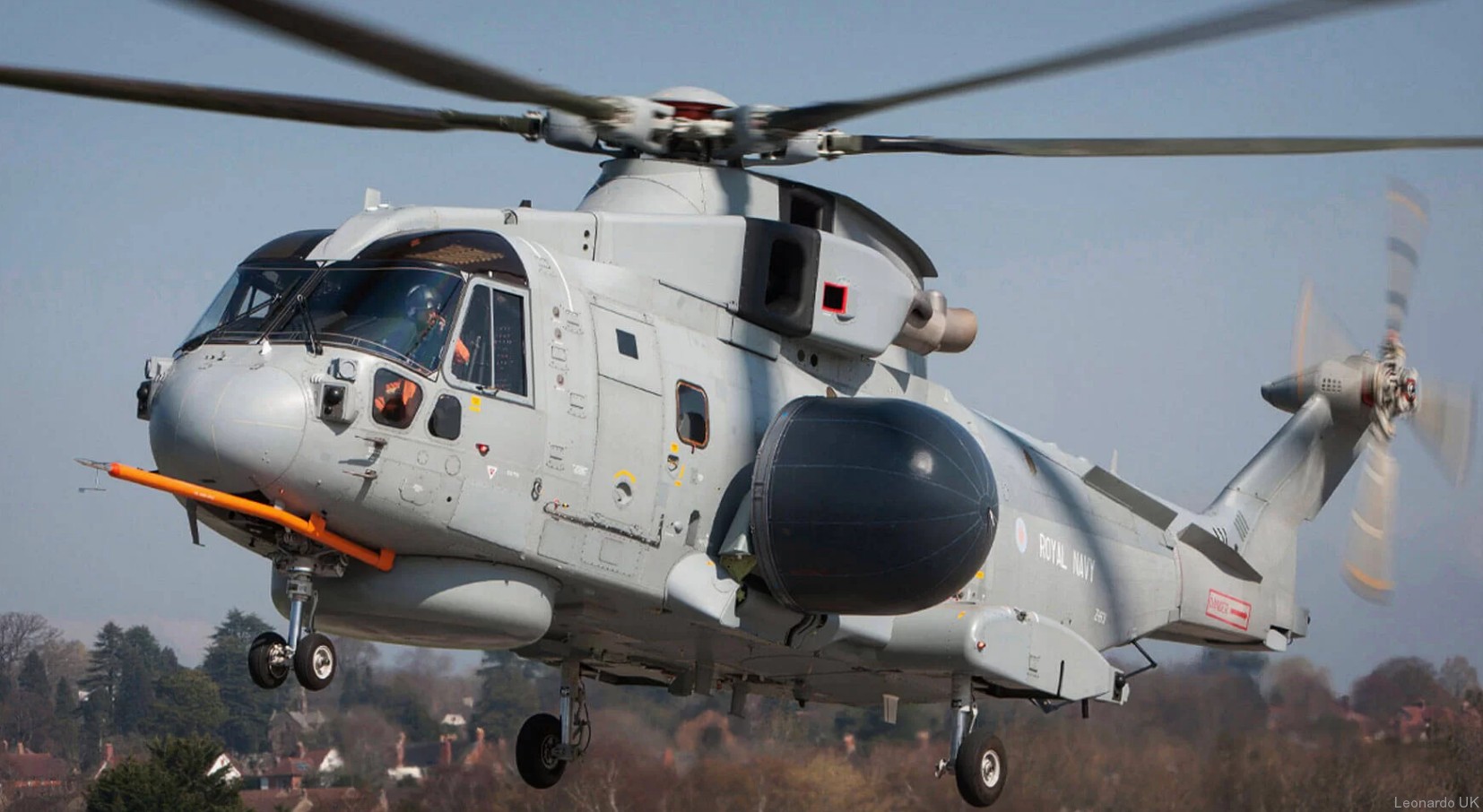
The AW101 features a modern, fully-integrated glass cockpit with advanced avionics and communication systems. With applications spanning military, civilian, and utility roles, the helicopter has demonstrated its adaptability in various scenarios.
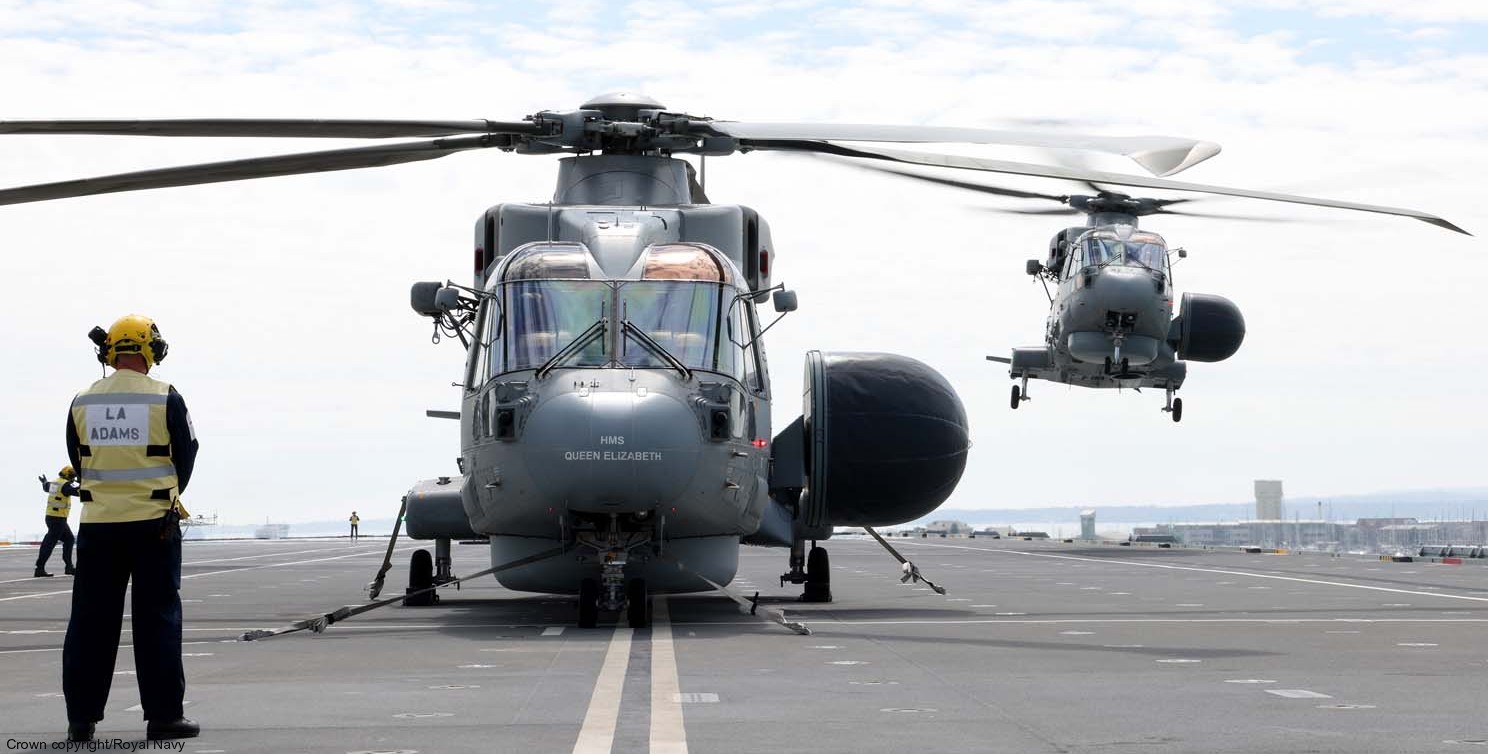
Moreover, the AW101 prioritizes safety with a damage-tolerant airframe, comprehensive self-defense measures, and crash-worthy features. Its utility is further exemplified by multiple variants, including those tailored for anti-submarine warfare, search and rescue, VIP transport, and more.
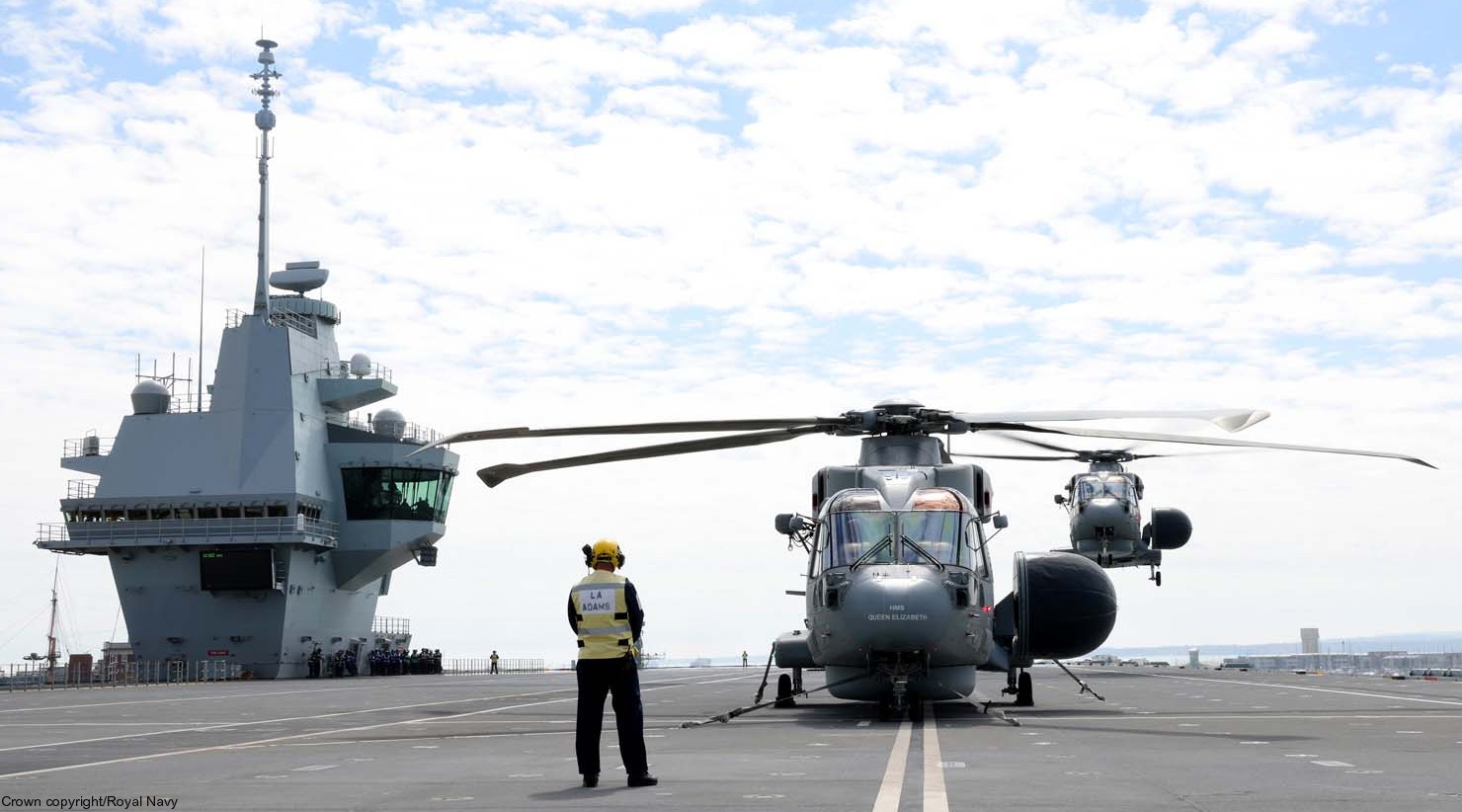
With its modular design and adaptable nature, the AW101 is positioned for future upgrades and modifications. As the aerospace industry trends toward greener technologies, the AW101 can potentially incorporate hybrid or fully electric propulsion systems. This adaptability aligns well with emerging operational needs, such as disaster response and humanitarian missions.
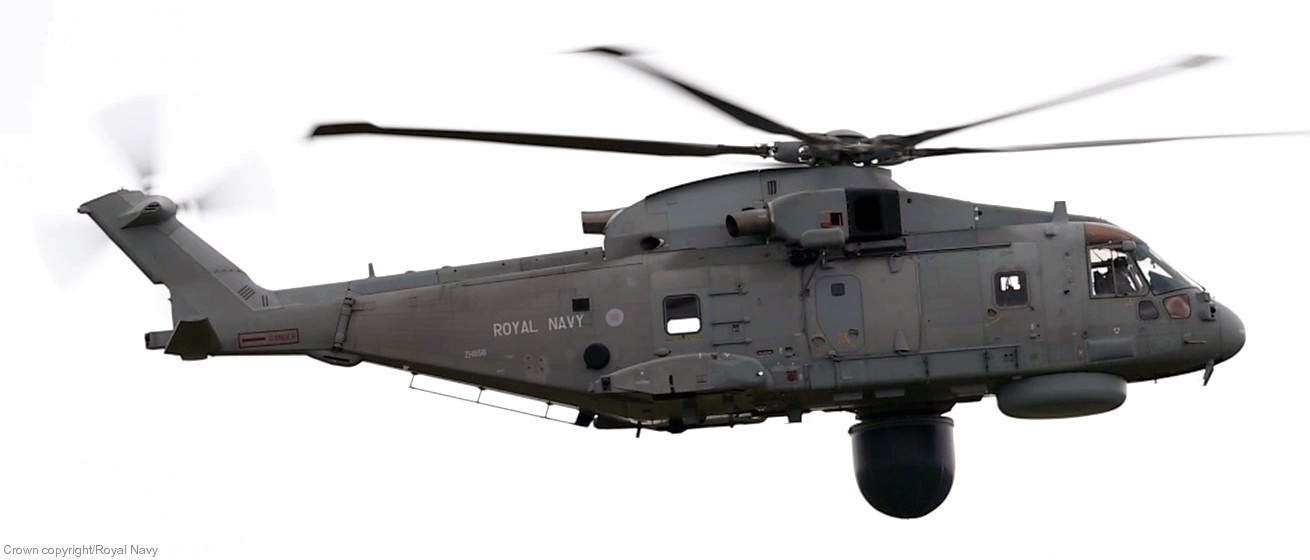
In conclusion, the AgustaWestland AW101’s legacy of innovation and versatility assures its continued prominence in the rotorcraft industry. As it evolves to meet changing demands, its journey remains exciting and promising, sustaining its role as a significant player for years to come.
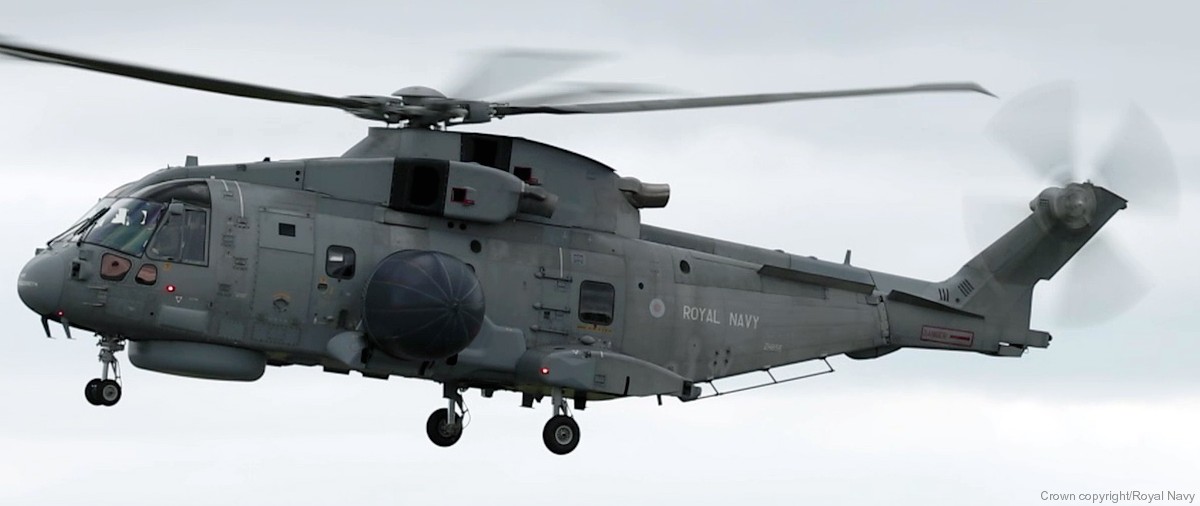
..
